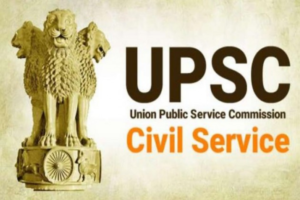
We are excited to unveil the GROW initiative, an ambitious endeavor launched by the NITI Aayog, aimed at revitalizing and restoring degraded lands across India. At the heart of this initiative lies the innovative use of remote sensing and GIS technology to assess the suitability of agroforestry practices in every district of our country.
But what exactly is agroforestry?
Agroforestry is a sustainable land use system that integrates trees and shrubs into agricultural lands, offering a multitude of benefits including enhanced productivity, increased profitability, biodiversity conservation, and ecosystem sustainability. Whether in irrigated fields or rain-fed landscapes, agroforestry emerges as a versatile approach, yielding food, fuel, timber, and more.
There are three primary types of agroforestry systems:
- Agrisilvicultural systems: These combine crops and trees, exemplified by practices like alley cropping.
- Silvopastoral systems: Here, trees are integrated with grazing animals.
- Agrosilvopastoral systems: This involves the harmonious integration of trees, animals, and crops, often seen in home gardens.
Why is promoting agroforestry crucial for India?
India grapples with approximately 17% of its geographical area classified as wasteland. Agroforestry emerges as a potent solution for various reasons:
- Reducing dependence on wood imports.
- Mitigating climate change through carbon sequestration.
- Optimal utilization of culturable wastelands and fallow lands.
The National Agroforestry Policy, established in 2014, seeks to incentivize tree plantation on farmlands. Through initiatives like the Sub-Mission on Agroforestry, the focus is on planting multipurpose trees that yield both short and long-term returns.
The Benefits of Agroforestry:
Agroforestry isn’t just about planting trees; it’s about fostering sustainable livelihoods and preserving our environment. By enriching soil quality, increasing carbon sequestration, and meeting the demand for agroforestry produce, this practice offers a host of benefits.
As part of the GROW initiative, we’ve developed an Agroforestry Suitability Index using GIS mapping, which categorizes wastelands into high, moderate, and low suitability classes, enabling strategic prioritization of restoration efforts.
Join us in the journey towards greener, more sustainable landscapes with the GROW initiative. Together, we can transform India’s lands and secure a prosperous future for generations to come.







